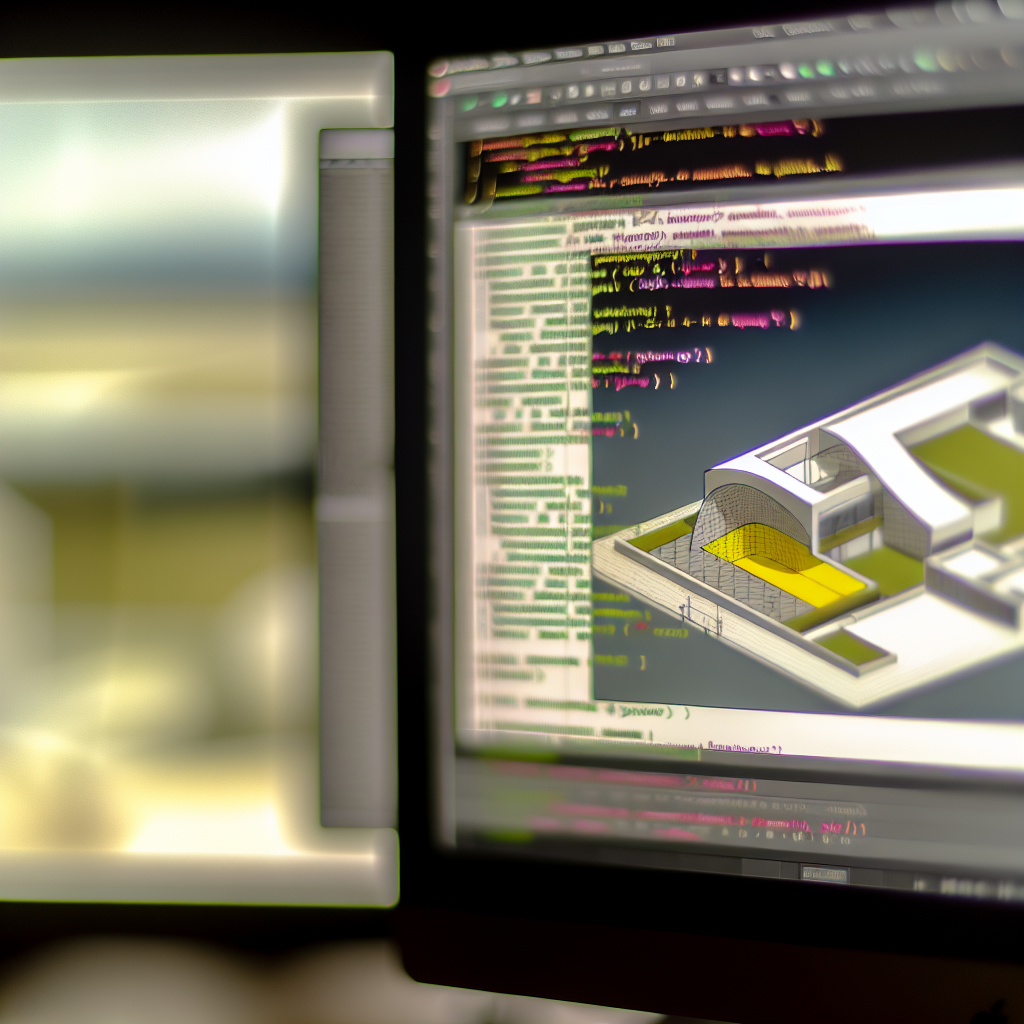Are you interested in enhancing your skills with Python programming and exploring Revit for architecture and design? This article offers an introduction to beginner-friendly tutorials on Python and how to get started with Revit, specifically tailored for newcomers. Dive into these essential tools to expand your technical expertise and boost your projects.
Getting Started with Python Tutorials for Beginners
Python is renowned for its simplicity and versatility, making it one of the best programming languages for beginners. To effectively learn Python, start with foundational concepts such as data types, variables, and basic syntax. Online platforms like Codecademy, freeCodeCamp, and Coursera offer structured Python tutorials that provide interactive lessons and practical exercises. Focus on practicing the core principles, as this will create a strong foundation for more advanced applications.
For beginners, it’s crucial to understand Python’s role in automation, data analysis, and even web development. Incorporate projects such as creating simple calculators, automating file management tasks, or building basic web scrapers to reinforce learning. Remember, consistency and hands-on practice are key; regularly working on small projects will accelerate your mastery of Python.
Introduction to Revit for Beginners
Revit is a powerful Building Information Modeling (BIM) software used in architecture, engineering, and construction. If you’re new to Revit, start by familiarizing yourself with its user interface, basic tools, and workflow. First, learn how to create simple 3D models, set up levels and grids, and work with families and components. These fundamental skills are essential for navigating the software efficiently and laying the groundwork for more complex projects.
To ease your learning curve, utilize beginner tutorials available on Autodesk’s official website, YouTube channels, and online courses. Practice designing small projects such as basic floor plans and elevations, paying attention to parameters like dimensions and constraints. As you progress, understanding phases, worksets, and collaboration features will help you manage larger projects more effectively.
In conclusion, starting your journey with Python tutorials and Revit can significantly impact your skill set in technology and design. Focus on foundational knowledge and practical exercises to build confidence and proficiency. With dedication and consistent practice, you will be well on your way to mastering these valuable tools, opening new opportunities in programming and architecture.
